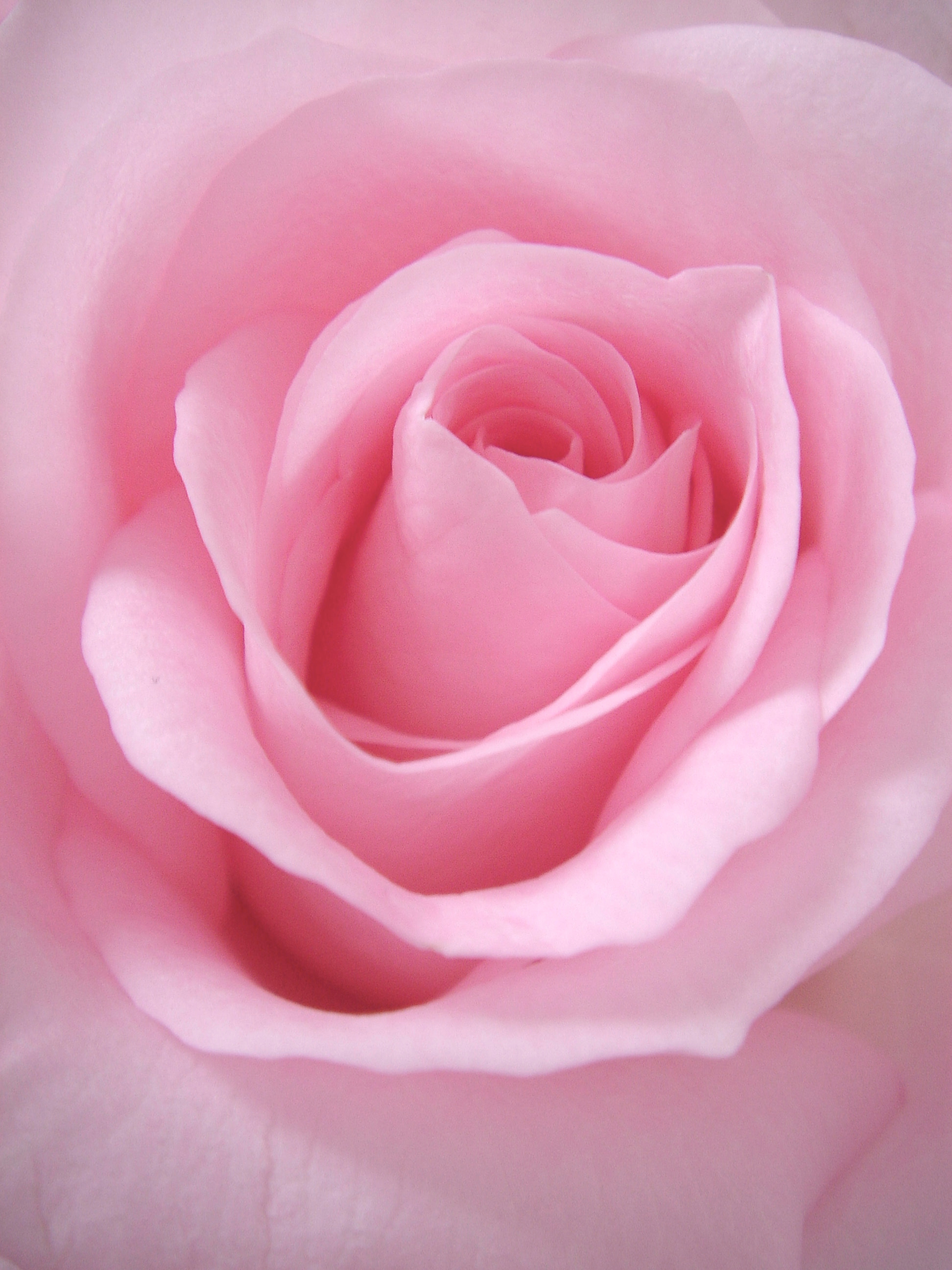4 seasons become 12
You may have heard of the four seasons being used to describe human colouring before.
This interpretation of personal colour analysis was commonplace for many years.
Our understanding of personal colour analysis is much more sophisticated these days, due in large part to the contributions of the late Kathryn Kalisz.
Kathryn was a visionary and a master colourist with Munsell, global leaders in colour science and technology.
She greatly advanced knowledge of how the three dimensions of colour - hue, chroma and value - manifest in natural human pigmentation, subsequently developing an accurate and replicable system of measurement.
Earlier systems only considered one or two dimensions of colour, and typically did not recognise warm/cool blends, known as neutral tones.
Kathryn’s elegant 12 Tone system was comprehensive and revolutionary.
So how does it work?
The hue of “true” colours is either purely yellow-based (warm) or purely blue-based (cool).
Grouped in their respective palettes, they create four core seasons: True Winter, True Spring, True Summer and True Autumn.
But not every colour in the world is purely warm or purely cool. Most are actually a mix of the two - a neutral.
When describing a colour, we need to consider levels of chroma and value as well as hue.
Take any colour, adjust any of these three dimensions, and you’ll move it from one palette to another.
Keep making adjustments and a domino effect is created as one season transitions into the next.
Let’s dive deeper into this concept with True Winter as our starting point.
True Winter is made up of completely cool, purely blue-based colours. This palette contains no neutrals.
Let's mess with the equilibrium by adding a little yellow-based warmth.
Remember, the warm seasons are Spring and Autumn so we have two types of yellow to choose.
If the warmth is from Spring, the chroma will be bright and the value will be light.
Warmth from Autumn is soft and dark - low chroma and low value.
With the addition of a little heat, the colour remains predominantly cool but it is no longer purely blue-based. A neutral tone has been created.
That warmth will also bring with it alterations in value and chroma.
Let’s see what happens to our True Winter palette when mixed with warm yellow.
Add a little low chroma, low value yellow and True Winter becomes Dark Winter, a cool-neutral palette blended with Autumn heat.
Bright Winter is the result of mixing True Winter with Spring’s high chroma, high value yellow.
Static colour palettes like this can sometimes feel a little abstract. Maybe they even seem pretty much the same at first glance.
So what do these differences actually look in real life?
Something like this:
Because the dimensions of Autumn are warm, soft and dark, when it collides with Winter - also a dark season - those low value levels are magnified.
As a result, at the junction of Winter and Autumn we find the lowest value seasons: Dark Winter and Dark Autumn.
Conversely, Spring is warm, bright and light. When high chroma Winter meets high chroma Spring, saturation levels are pushed to extreme.
It’s no surprise then that super-pigmented neighbours Bright Winter and Bright Spring are created from this interaction.
Now let’s see what happens to a warm, yellow-based palette like True Autumn when mixed with some blue-based coolness.
This palette also contains no neutrals. All these colours are yellow-based, even the blues and purples.
A little cool blue is required to turn a True Autumn colour into a neutral.
There are two types of cool from which to choose: Summer and Winter.
If the coolness is from Winter, the chroma will be bright and the value will be dark.
Coolness from Summer is soft and light - low chroma and high value.
Look what happens to True Autumn with the influence of coolness.
Two neutral palettes are created: greyer Soft Autumn with Summer’s influence and redder Dark Autumn with Winter’s.
Again, it can be hard to discern the differences from palettes so let’s see what these colours look like out there in the world.
You can see the colours in each palette are related but one group looks lighter and airier, one richer and shadowed and the third somewhere in between.
Let’s return to a cool palette and see what happens when we add yellow.
This is True Summer:
This purely cool blue-based palette is already soft and light but using it as a base, we can make two new palettes; one that is even softer and the other even lighter.
Remember, we have two types of yellow: bright and light Spring, and soft and dark Autumn.
Take a look at how the two variations of yellow influence these palettes.
There is a cool, cloudy cast over the heart of the season, True Summer, with slate blue, classic rose pink and dove grey central players.
Light Summer is fresher and brighter with a hint of peach and lots of lemon meringue yellows.
Smoked, earthy browns and a wash of yellowed sepia give Soft Summer its vintage personality.
Finally, let’s explore what happens when we start mixing a second purely warm season with coolness from both Summer and Winter.
Behold the sunny vibrancy of True Spring:
A palette of purely yellow-based colours, True Spring looks different to True Autumn because its warmth is coupled with brightness and lightness instead of softness and depth.
What happens when we mix Spring with Winter or Summer?
Adding Summer’s brand of coolness amplifies the palette’s high value level, creating Light Spring.
By cooling off True Spring in Winter’s favour, brightness is increased, resulting in high chroma neutral palette, Bright Spring.
And here are some examples of how these seasons look when compared beyond the palettes.
So now you have an idea of how the seasons are related, how they are different and, most importantly, how it happens.






























































